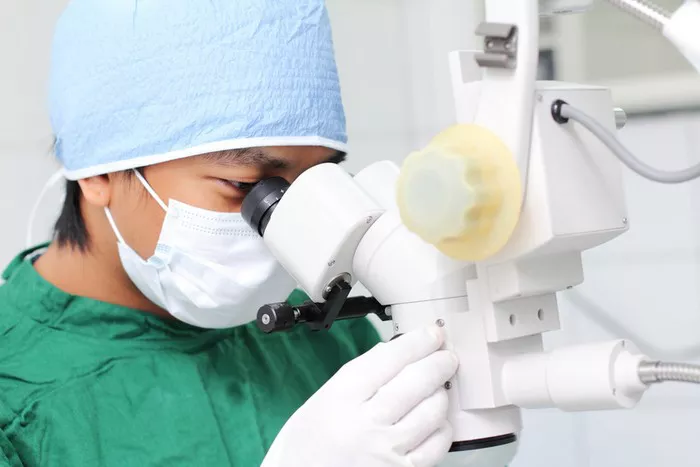Sight Sciences, based in the United States, has released the two-year post-surgical results of its minimally invasive glaucoma surgery device, the OMNI surgical system.
Published in the American Journal of Ophthalmology, the real-world clinical outcomes study gathered data from 77,391 patients diagnosed with open-angle glaucoma who underwent either cataract surgery alone or a combination of cataract surgery and intervention with one of three US FDA-approved minimally invasive glaucoma surgery devices.
Utilizing real-world data from the American Academy of Ophthalmology IRIS registry, the study included Sight Sciences’ OMNI surgical system, along with Alcon’s Hydrus Microstent and Glaukos’ iStent inject.
Two years post-surgery with the OMNI device, patients with high baseline intraocular pressure (over 18 millimeters of mercury [mmHg]) experienced a 30% mean reduction in pressure compared to baseline. Conversely, patients who underwent cataract surgery alone demonstrated a 24% mean reduction in pressure at the same two-year mark. Those with high baseline intraocular pressure also exhibited the most significant numerical reduction in medication usage.
For patients with low baseline intraocular pressure (less than 18 mmHg), two years post-surgery with the OMNI device showed a 3% mean reduction in pressure compared to baseline. In contrast, patients who received cataract surgery alone did not observe a mean reduction in pressure at the two-year mark.
The OMNI device, cleared by the US FDA for canaloplasty followed by trabeculotomy, aims to reduce intraocular pressure in adult patients diagnosed with primary open-angle glaucoma. Designed to restore the eye’s natural outflow process, the device addresses the three areas of resistance associated with primary open-angle glaucoma.
Glaucoma stands as the leading cause of irreversible blindness globally. Studies estimate that the incidence of glaucoma could reach 111.8 million by 2040. According to GlobalData analysis, the US market for minimally invasive glaucoma surgery devices is projected to reach approximately $345 million by 2030.
Sight Sciences also offers TearCare technology for treating dry eye, another ophthalmic device in its portfolio. Cleared by the US FDA, TearCare technology provides localized heat therapy for adult patients with evaporative dry eye disease due to meibomian gland dysfunction.


